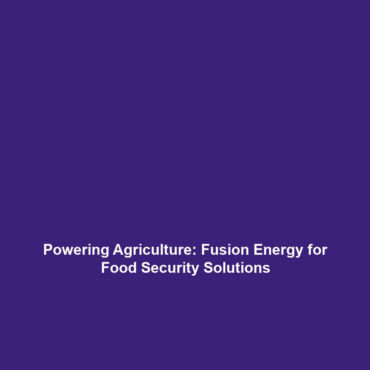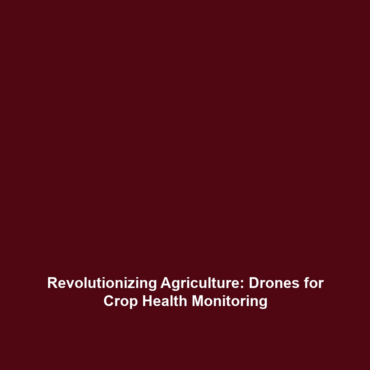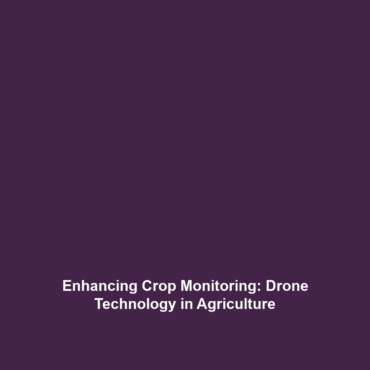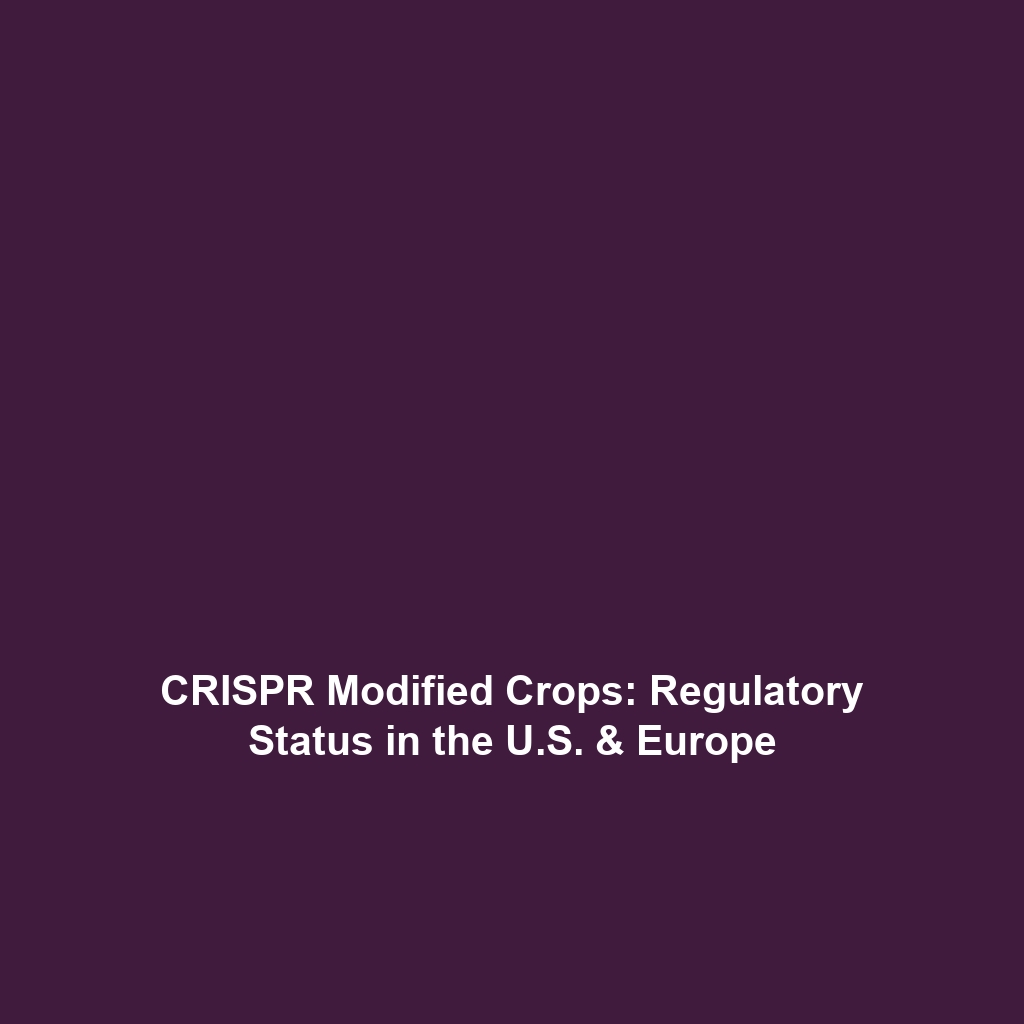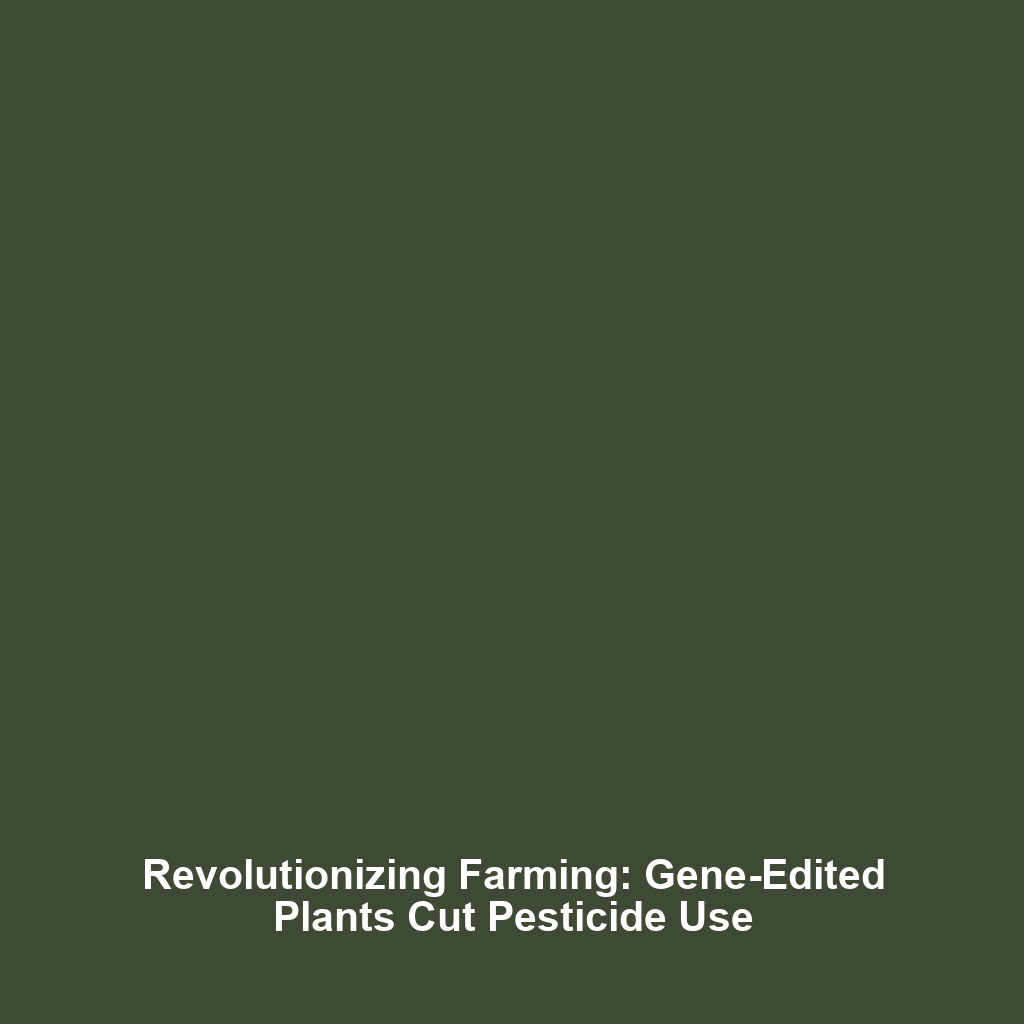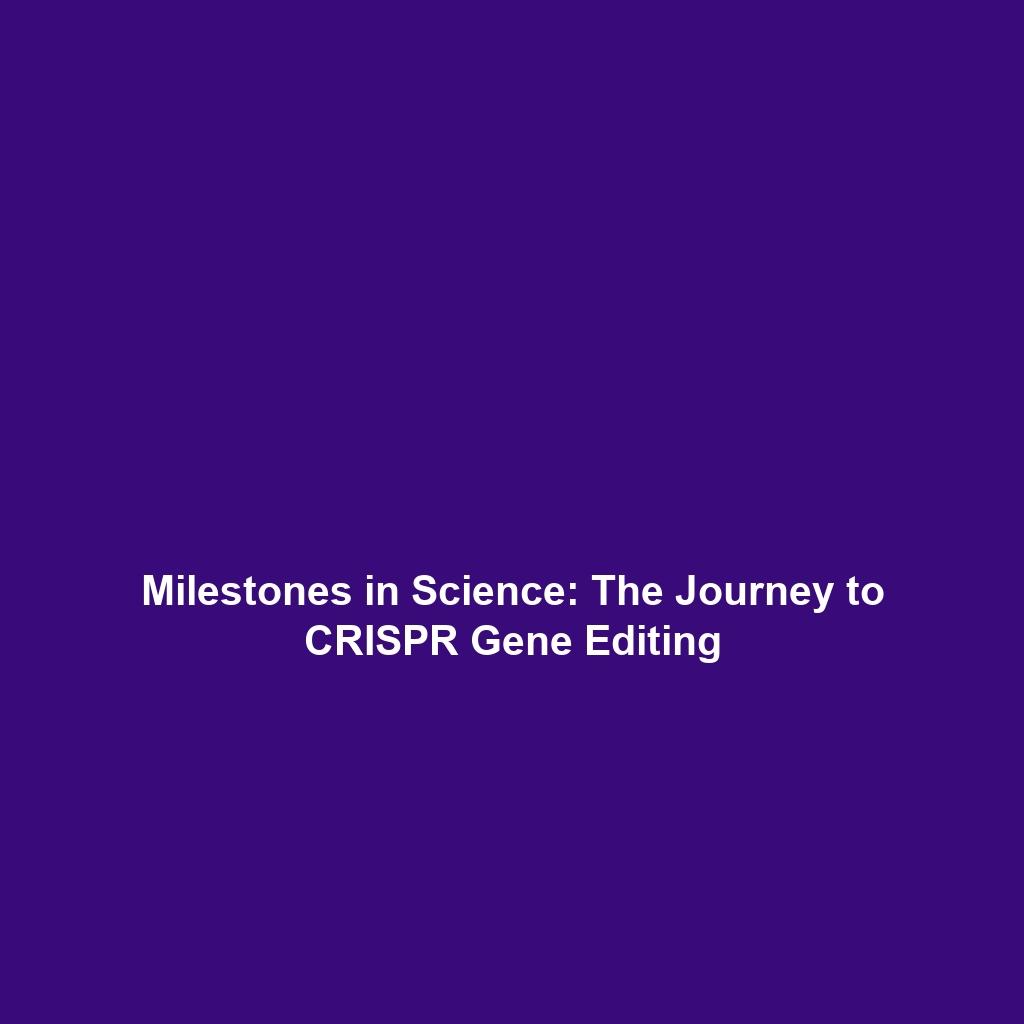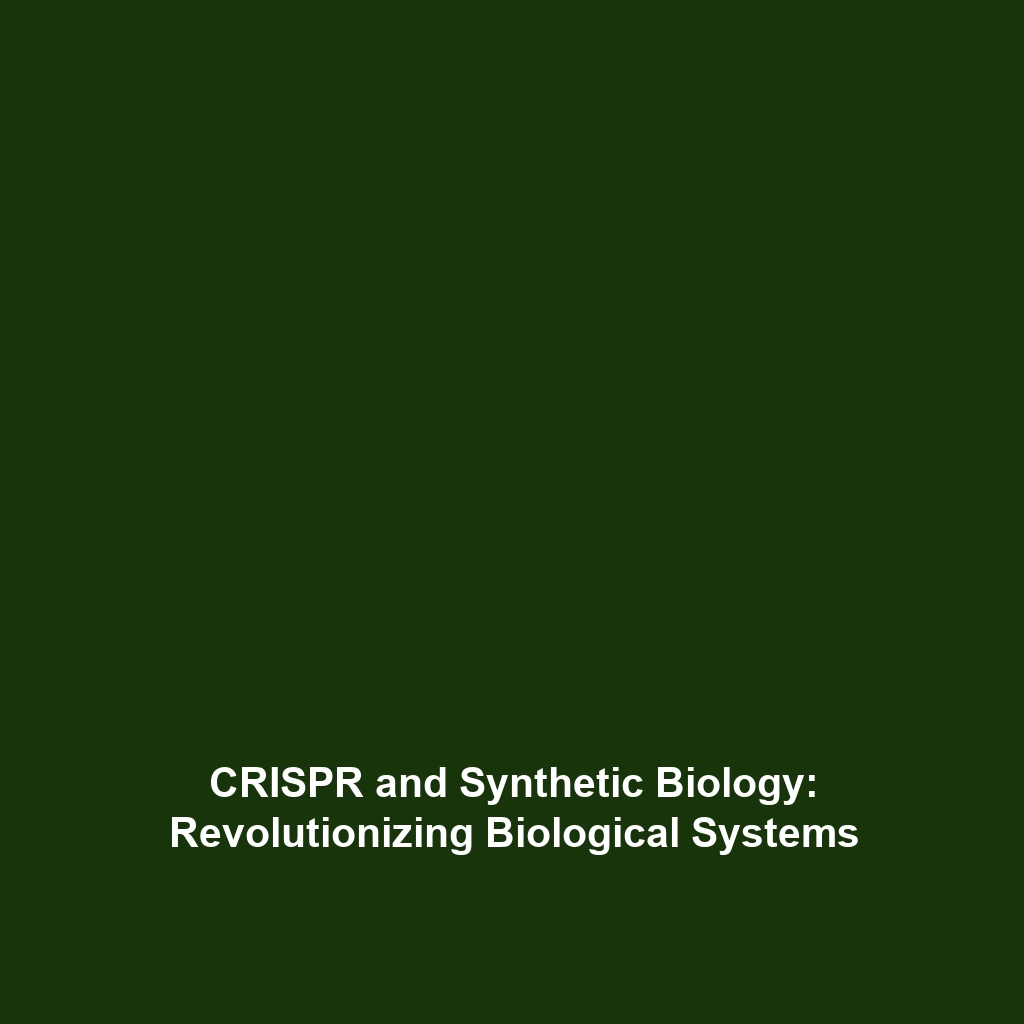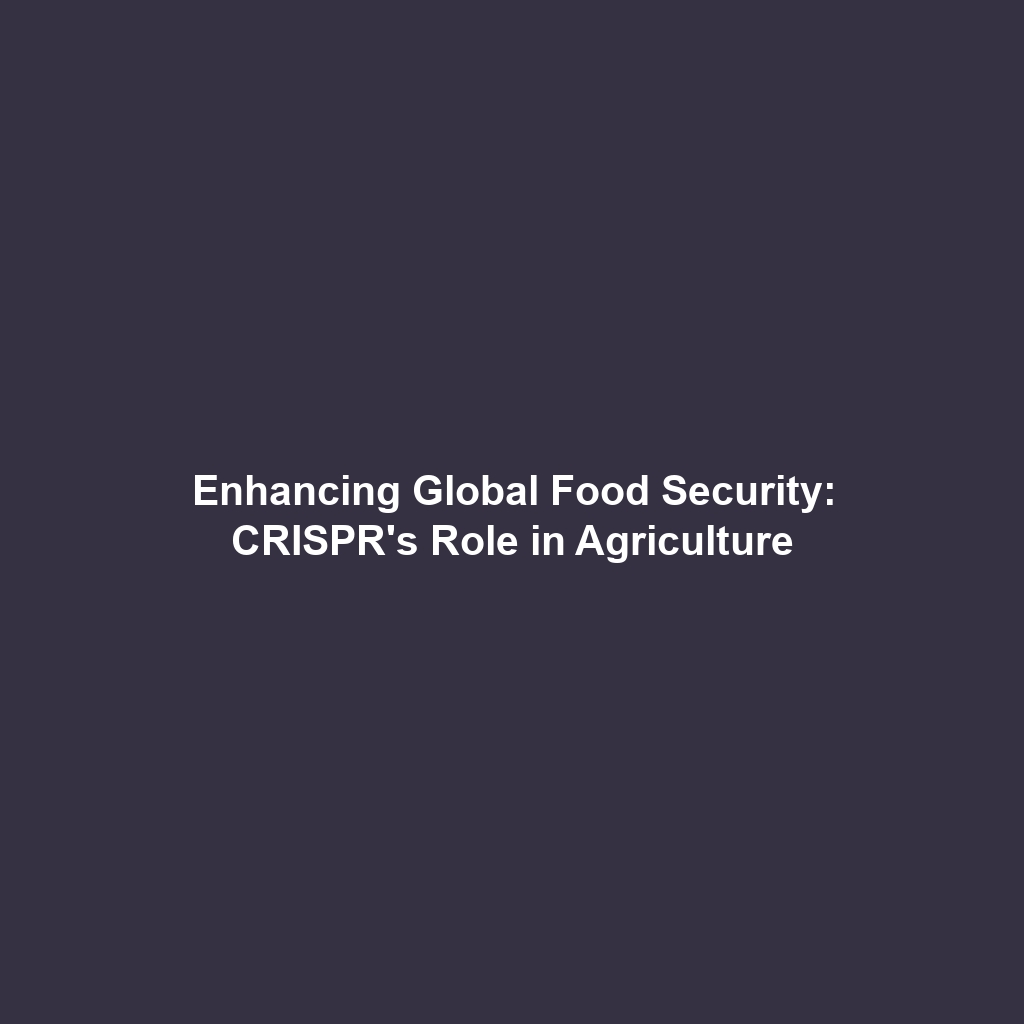Benefits for Agriculture: How Fusion Energy Can Address Food Security
As the global population continues to rise, the demand for food increases, making it crucial to explore innovative ways to bolster food production. Fusion energy, known for its sustainability and low environmental impact, presents a unique opportunity to power energy-intensive agricultural processes. Among these processes are desalination and vertical farming, both of which could significantly enhance food security worldwide. This article delves into how fusion energy can revolutionize agriculture and help alleviate the critical issue of food scarcity.
Key Concepts
Understanding the intersection of fusion energy and agriculture requires familiarity with several key concepts:
- Fusion Energy Principles: Fusion energy is produced by fusing atomic nuclei, resulting in an immense release of energy with minimal radioactive waste.
- Energy-Intensive Processes in Agriculture: Processes like vertical farming and desalination exemplify the significant energy requirements needed to support global food production.
- Food Security: This concept involves ensuring that all individuals have access to sufficient, safe, and nutritious food, which is increasingly threatened by climate change and population growth.
Applications and Real-World Uses
Fusion energy holds promise for numerous practical applications in the agricultural sector, particularly in:
Desalination
Desalination can become more efficient through the use of fusion-derived energy, enabling the conversion of seawater to freshwater, critical for agricultural irrigation, especially in arid regions.
Vertical Farming
Vertical farming relies on advanced technologies for controlled-environment agriculture. Powering these energy-intensive operations with fusion energy could reduce costs and increase scalability.
In essence, how fusion energy is used in agriculture has the potential to enhance productivity, reduce dependency on fossil fuels, and contribute to sustainability efforts.
Current Challenges
Despite the promising benefits, several challenges must be addressed in applying fusion energy to agriculture:
- Technical Feasibility: The technology required to harness fusion energy effectively is still in development stages.
- Economic Viability: The initial investment in fusion energy technology for agricultural applications can be substantial.
- Infrastructure Development: Establishing the necessary infrastructure to utilize fusion energy in agriculture is a complex and lengthy process.
Future Research and Innovations
Looking ahead, the realm of fusion energy is rife with potential innovations that could directly benefit agriculture:
- Breakthroughs in Fusion Technology: Continued advancements in fusion reactors might soon bring about more practical applications for energy generation.
- Integration with Agricultural Practices: Research into integrating fusion-powered systems with existing agricultural methods could lead to sustainable and efficient farming.
- Next-Gen Technologies: The development of next-generation fusion reactors may enable decentralized energy production tailored for local agricultural needs.
Conclusion
The synergistic relationship between fusion energy and agriculture promises transformative benefits for food security. By powering energy-intensive processes like desalination and vertical farming, fusion energy can play a pivotal role in addressing one of humanity’s most pressing challenges. To explore more about fusion energy and its diverse applications, visit our related topics page for further insights.
